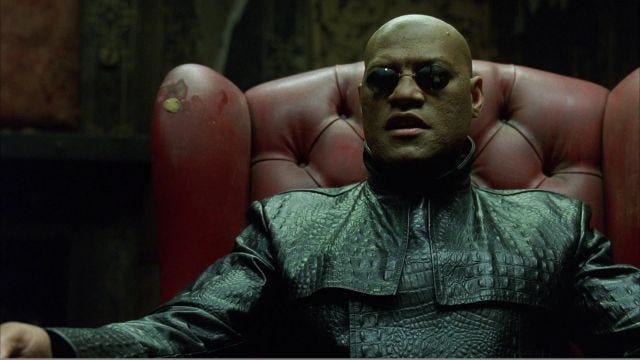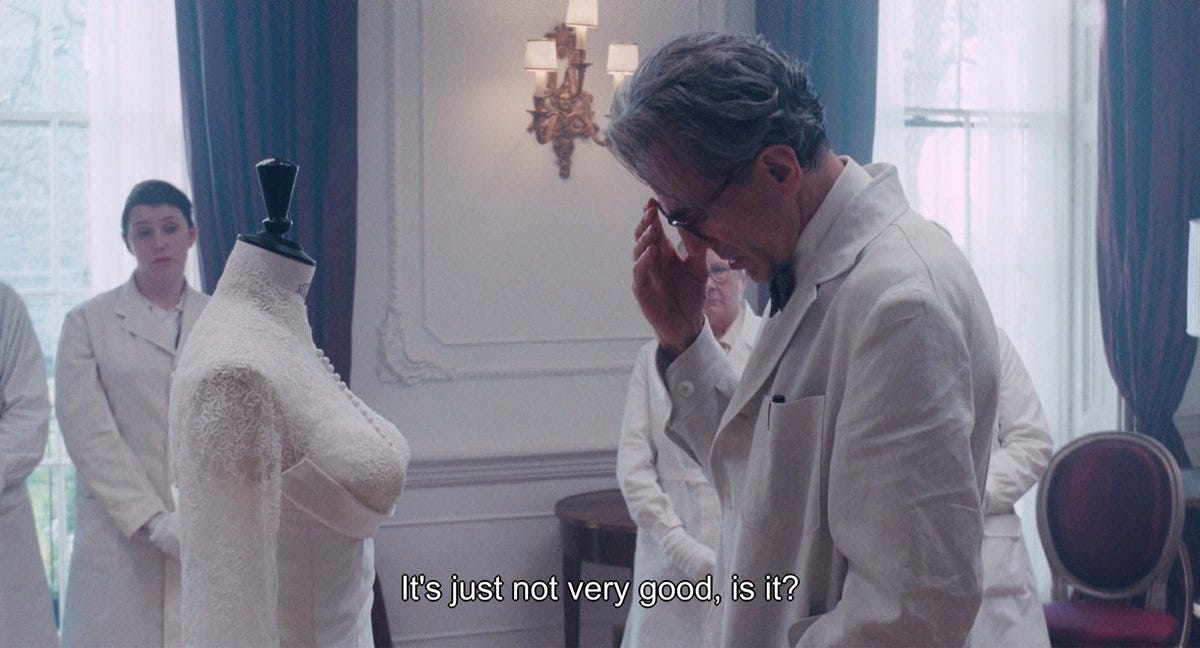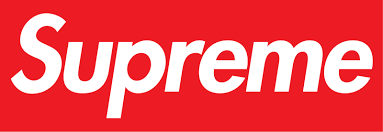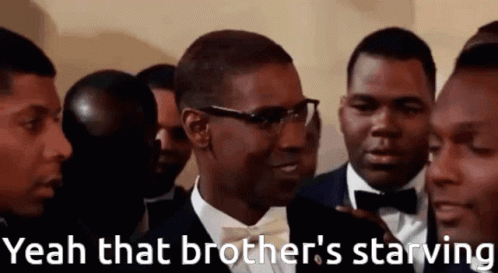Part One
This is a theory into one of the shifts in specialty coffee via the roaster and consumer side from a consumer.
I think ONE of the reasons people are gravitating towards better (generally lighter) roasted coffees is due to the increased variety and lower price point of “clarity-driven grinders”. Even good coffee water is more accessible with packets and kits like apex/lotus water. The thing is when you get grinders that make it easier to taste what’s going on with your coffee you also notice the faults. Consumers are going to naturally want something that doesn’t taste bitter/roasty/ashy. It can be jarring to realize it’s not your grinder producing undesirable flavors, but the roasted coffee.
Most “light roast” coffee across the globe are closer to light-medium (nothing wrong with this) while the most accessible (supermarkets, grocery stores, regular stores) are closer to medium-dark (also nothing wrong with this.) I think most roasters play it “safe” with their roasting to try and satisfy the regular market and specialty market (people who go out and buy clarity-driven grinders.) As roasters scale they also compromise some quality and tend to start roasting darker/more developed. Good examples: La Cabra, Coffee Collective, Manhattan, Onyx, Brandywine, Sey, Nomad, Proud Mary, B&W, and etc. To counteract this, they roast more natural and processed forward coffees (nothing wrong with natural/processed forward coffees) that allow the flavors to shine despite the more developed roast. Another good example would be coferments.
The roasters I mentioned (more than just those names) became popular for their unique style and quality. Some coasted with their success, some tried to appeal to a broader market, and some decided to try something new. Either way, this led to many loyal customers noticing a decline and wanting something “better”.
It should also be mentioned that there are smaller-scale roasters following the footsteps of larger roasters like Glitch.
So now you have two different groups.
The people who were satisfied with a more developed / safer style of roast, who now want something that can take advantage of their “clarity-driven” gear.
The people who are no longer satisfied by the “lightly roasted” coffee from their favorite roasters. Chances are, these people already own clarity-driven gear.
This is where I get into the “hype roasters” so stay with me here.
Note, development is not bad nor does it equate to roast / ash / bbq (haha). You need development for acidity, etc.
Part Two
“Hyped roasters” is a phrase conned by people who don’t understand exactly why a roaster is hype to begin with.
What do these roasters have in common:
Aviary
Hydrangea
September
H&S (the current form is different than H&S way back)
Prodigal
minmax
Moodtrap
Bingo, none of these names existed 3-4 years ago. All of these roasters have smaller production than the roasters I listed in the first part. Most of these roasters also have full-time jobs or other sources of income. To say roasting is their “passion project” wouldn’t be far stretched.
Part Three
Now we can start putting some concepts together. The current specialty coffee market (at least pre covid), popular roasters appealing to a larger audience, and the lack of genuine lightly roasted coffee has created a new market.
This new market is where 1. And 2. Converge.
1. The people who were satisfied with a more developed / safer roast style now want something that can take advantage of their “clarity-driven” gear.
2. The people no longer satisfied by the “light roasted” coffee from their favorite roasters. Chances are, these people already own clarity-driven gear.
Remember what I said earlier about less than two dozen global roasters meeting the demand for this market? Since these new roasters are smaller in operation, they can only release so much per month. Most of these roasters are 1-2 person operated. Yet the more they release, the more they are talked about/hyped. This is where reviewers (me, coffee reviews) and influencers (Lance Hedrick, Brian Quan, some would say me 🙄) play a role in spreading awareness. The product was already limited, but increased popularity = increased demand. Thus quick sellouts / out-of-stock for people eager for this style of coffee.
Thus, these new roasters aren’t some new marketing tactic to get your coins nor are they some “hype beast” trend that will die out.
These “new” roasters are a natural effect caused by years of product (grinders, water, brewers, etc) improvements towards home consumers and popular roasters declining in quality.
The roasters that got people into specialty coffee are now the reason people want more from the coffee they consume.
Note, this post is a collection of random thoughts posted on my Instagram story between September 11-12th. I will continue to post longer reads here as a way for others to read my thoughts. Feel free to subscribe.








